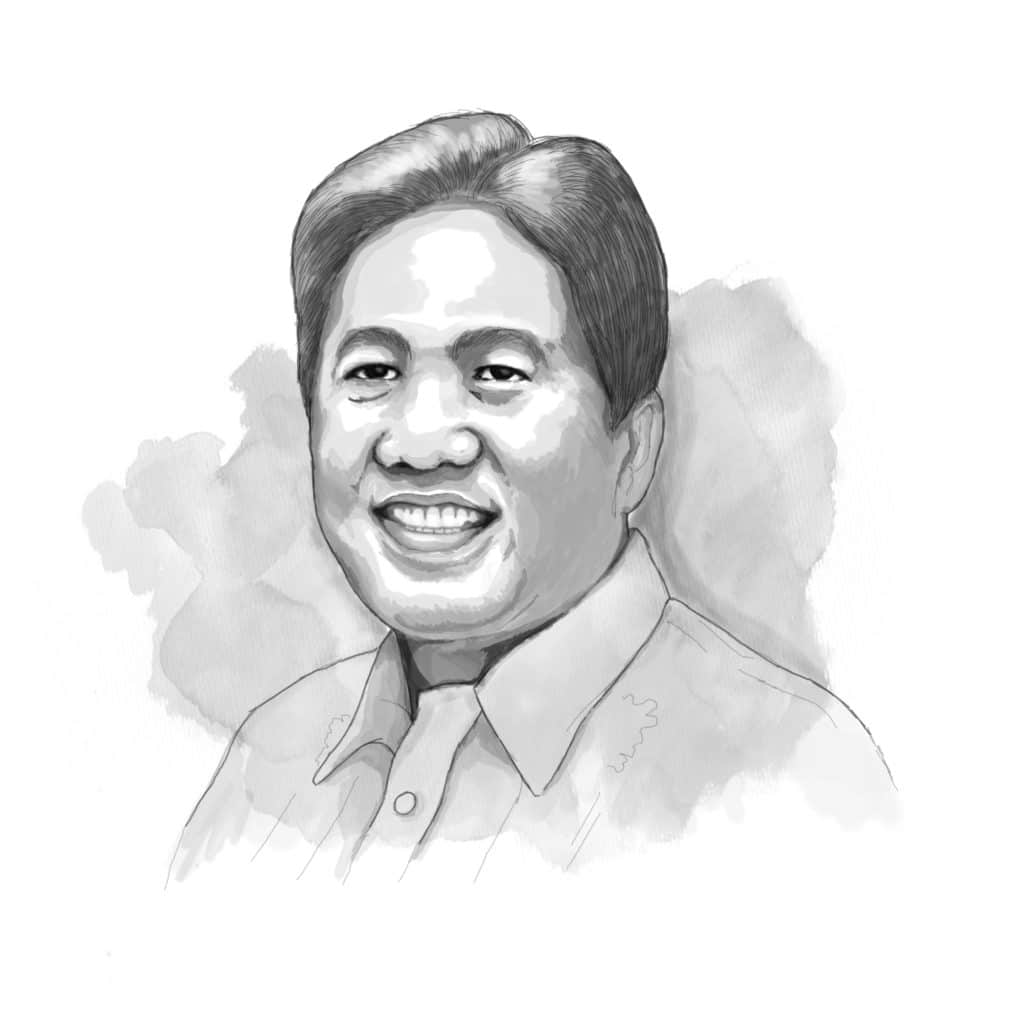Barangays as baselines for democratic dynamism: Good governance starts at grassroots
By Sonny Coloma

ENDEAVOR
Judging by the heavy influx last Monday of those who filed their certificates of candidacy for the Barangay and Sangguniang Kabataan elections (BKSE) on Oct. 30, 2023, there is a high level of interest and enthusiasm for political and civic involvement among Filipinos. According to the Commission on Elections, a total of 622,432 elective positions will be filled. Those elected will serve until 2025, with the following election held on that year and every three years thereafter.
Barangays provide the grassroots or baselines of democracy. For democracy to flourish, the people must experience its vibrancy and dynamism in their local communities. Rebuilding communities after a devastating storm exemplifies the multifaceted challenges facing barangay officials in many parts of the country today.
Last week, 27 residents of Poblacion 1 in Burgos, Surigao del Norte completed a certification course offered by the Technical Education and Skills Development Authority (TESDA). At their graduation, they received carpentry kits donated by Rotary so they could ply their new trade repairing damaged homes and community buildings.
Burgos is the northernmost town in Siargao Island, where the people take pride in saying that it is the surfing capital of the Philippines. Typhoon Odette cut a wide swath of destruction in December 2021. Reconstruction and rehabilitation efforts to rebuild many damaged homes and structures, including resorts and tourism facilities, are still ongoing.
The barangay chairman could not have done it by himself. Fr. Tito Soquino, OSA, Prior of Sta. Ana Parish Church in Burgos, and at Our Lady of Perpetual Help Parish in nearby Socorro town, tapped into a network of resources he had established as a graduate of the Asian Institute of Management (AIM) Master in Development Management (MDM) program. He approached Coratec Jimenez, former chairperson of the Alumni Association of the AIM (AAAIM) who volunteered to serve as coordinator of the Ahon, Siargao! Advancement Program (ASAP).
The acronym ASAP underlines the sense of urgency with which several post-disaster rehabilitation initiatives have been launched by stakeholder groups. Rose Urdaneta, presently TESDA deputy director general, who is also an MDM graduate and AAAIM board member, is also extending her full support to ASAP’s skills development program.
ASAP’s three areas of focus are nutrition, health, and education. These will be complemented by an environment protection program to be conducted by the Department of Environment and Natural Resources. ASAP has also established the Burgos Karunungan Center, a learning community hub for children and adults. Children are taught reading, while the adults take up vocational skill training.
District Governor Rozanne ‘Twinkle’ Gamboa of Rotary International District 3860 which covers clubs in central and eastern Mindanao and Central Visayas, immediately mobilized the Surigao del Norte Rotarians in seeing to it that the TESDA graduates are given the tools that will enable them to practice their newly-acquired skills in the service of their communities.
Indeed, the barangay is the proving ground for the dynamism and vitality of democracy. But not all barangays are created equal. There are four barangays covering Makati’s central business district: San Antonio, San Lorenzo, Urdaneta, and Bel-Air. They also host posh residential subdivisions populated by some of the most affluent in Philippine society.
In its historic Mandanas Ruling handed down in 2018, the Supreme Court ruled that the determination of the just share of the LGUs should not be based solely on national internal revenue taxes but “must include all collections of national taxes in the computation of the base of the just share of the LGUs.”
The World Bank has projected a 55 percent increase in the internal revenue allocation (IRA) “reaching ₱1.08 trillion or 4.8 percent of the country’s gross domestic product in 2022 compared to 3.5 percent of GDP in 2021.” The World Bank Country director viewed the Mandanas Ruling as “not just as a transfer of resources but an opportunity to strengthen decentralization and improve social service delivery in the Philippines.”
Concededly, the Covid-19 pandemic slowed the transition that would have allowed the LGUs to beef up their organizational and logistical capabilities. Hopefully, the election of new barangay officials would inject fresh blood that would energize leadership in the grassroots.
It is evident that despite the historic Mandanas Ruling handed down by the Supreme Court in 2018, barangays in geographically isolated and disadvantaged areas – as typified by Poblacion 1 in Burgos, Siargao – still require a larger quantum of financial resources and infrastructure.
Another facet of the rejuvenation of democracy at the grassroots is the involvement of civil society or non-government organizations. Their involvement is being harnessed in terms of animating the katarungang pambarangay or barangay justice system. The Local Government Code empowers barangays to enforce peace and order and provide support for effective law enforcement. Katarungang pambarangay is a “valuable mechanism for advancing human rights protection and resolving or mediating conflict at the barangay level through non-adversarial means.”
Its main strategy for resolving and settling disputes is to provide a venue for the parties involved to reach a solution that is mutually acceptable. According to a local government handbook: “The punong barangay (barangay chairman) and the lupon members do not act as judges or adjudicators of disputes, but as facilitators for the disputing parties’ discussion of possible solutions.”
Indeed, the barangay, as a microcosm of democratic processes, showcases best practices in governance.